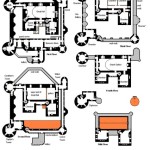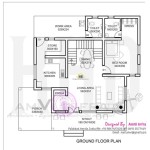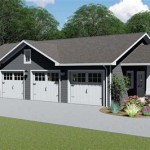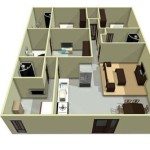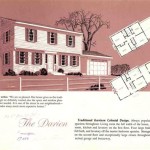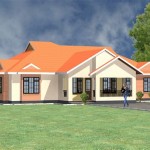East Face House Vastu Plans
Vastu Shastra, an ancient Indian system of architecture, emphasizes harmonizing buildings with nature. It offers guidelines for designing spaces that promote positive energy flow and well-being. When considering an east-facing house, Vastu provides specific recommendations for room placement, entrances, and other structural elements. Following these principles is believed to enhance prosperity, health, and overall happiness for the inhabitants.
The east direction is associated with the rising sun, symbolizing new beginnings and positive energy. East-facing houses are generally considered auspicious in Vastu. The morning sunlight is believed to bring positivity and vitality into the home. However, simply having an east-facing entrance is not sufficient. Adherence to specific Vastu guidelines is crucial to maximize the benefits of this orientation.
The main entrance, a crucial element in Vastu, should ideally be located in the north-east corner of the east wall. This placement is considered highly auspicious and promotes the inflow of positive energy. If the north-east corner is not feasible, other sections of the east wall can be considered, but avoiding the south-east corner is recommended. The number of doors and windows on the east side should ideally be greater than those on the west side, facilitating the entry of morning sunlight.
The living room, a space for family gatherings and social interaction, is ideally placed in the north-east or north-west direction of an east-facing house. This placement encourages positive interactions and a harmonious atmosphere. Large windows in the living room facing east can maximize the benefits of morning sunlight and enhance the positive energy of the space.
The kitchen, the heart of the home, plays a significant role in Vastu. The south-east corner of the east-facing house is considered the ideal location for the kitchen. This placement is associated with the fire element and is believed to promote good health and prosperity. The cooking stove should be positioned in the south-east corner of the kitchen, with the cook facing east while cooking.
The master bedroom, a sanctuary for rest and rejuvenation, is best situated in the south-west direction of the east-facing house. This placement promotes restful sleep and overall well-being. The bed should ideally be placed with the head towards the south and feet towards the north. Avoid placing the bed directly under a beam or against a shared wall with the kitchen or bathroom.
Children's bedrooms are ideally located in the west or south direction. These placements are believed to support their growth, development, and academic pursuits. Providing adequate natural light and ventilation in these rooms is essential for maintaining a healthy and positive environment.
The placement of the pooja room, a sacred space for prayer and meditation, is crucial in Vastu. The north-east corner of the house is considered the most auspicious location for the pooja room. This placement facilitates a peaceful and spiritual atmosphere. The idols should be placed facing east or west.
Bathrooms and toilets should ideally be located in the south-east or north-west direction. Avoid placing them in the north-east, south-west, or center of the house. These locations are considered inauspicious and can negatively impact the energy flow within the home.
Stairwells, if present, should ideally be located in the south, south-west, or west direction of the house. They should ascend in a clockwise direction. Avoid placing the staircase in the north-east corner, as this is considered inauspicious.
The open space or courtyard, if included in the house plan, should ideally be located in the north or east direction. This placement allows for ample sunlight and promotes positive energy flow within the house. Maintaining a clean and clutter-free open space is essential.
The compound wall surrounding the house should ideally be of equal height on all sides. Avoid having a higher wall on the east side, as this can obstruct the beneficial morning sunlight. The main gate should be larger than any other gates and well-maintained.
While these guidelines provide a general framework, it's important to consult with a qualified Vastu expert for personalized advice. They can assess the specific characteristics of the plot and provide tailored recommendations based on the individual needs and preferences of the occupants. Implementing these principles can contribute to creating a harmonious and prosperous living environment.
Vastu Shastra emphasizes the importance of balance and harmony within the built environment. By aligning the house with the natural elements and following specific guidelines, individuals can create a space that promotes positive energy and well-being. An east-facing house, when designed according to Vastu principles, can offer numerous benefits to its inhabitants.

Best 4 East Facing House Vastu Plan For A Peaceful Life Namma Family

30 X40 East Facing House Plan Is Given As Per Vastu Shastra In This Autocad Drawing File No Little Plans Simple Layout

East Facing House Plan Vastu For

27 Best East Facing House Plans As Per Vastu Shastra Civilengi N One Floor

East Facing House Vastu Plan Tips And Things To Avoid

15 Best East Facing House Plans According To Vastu Shastra

East Facing Vastu House Plan 30x40 40x60 60x80
East Facing House Plan As Per Vastu Shastra Civiconcepts

East Facing 2bhk House Plan Book Vastu Plans And Designs Books

East Facing Home Vastu Plan Subhavaastu Com



